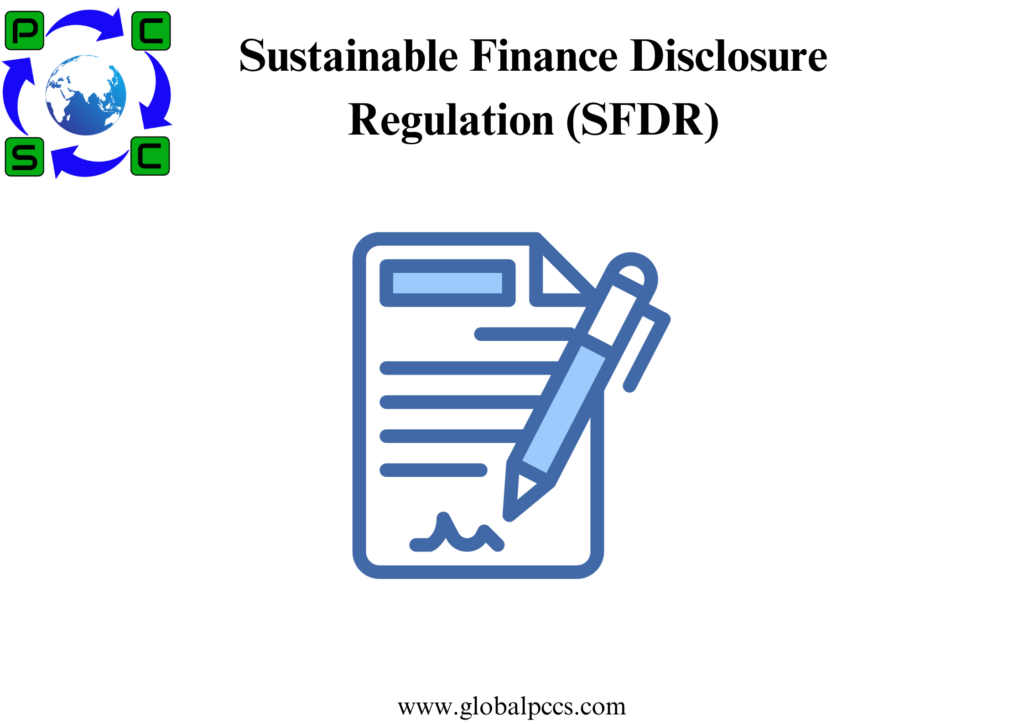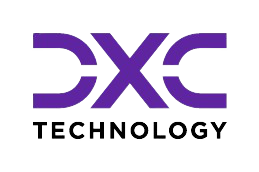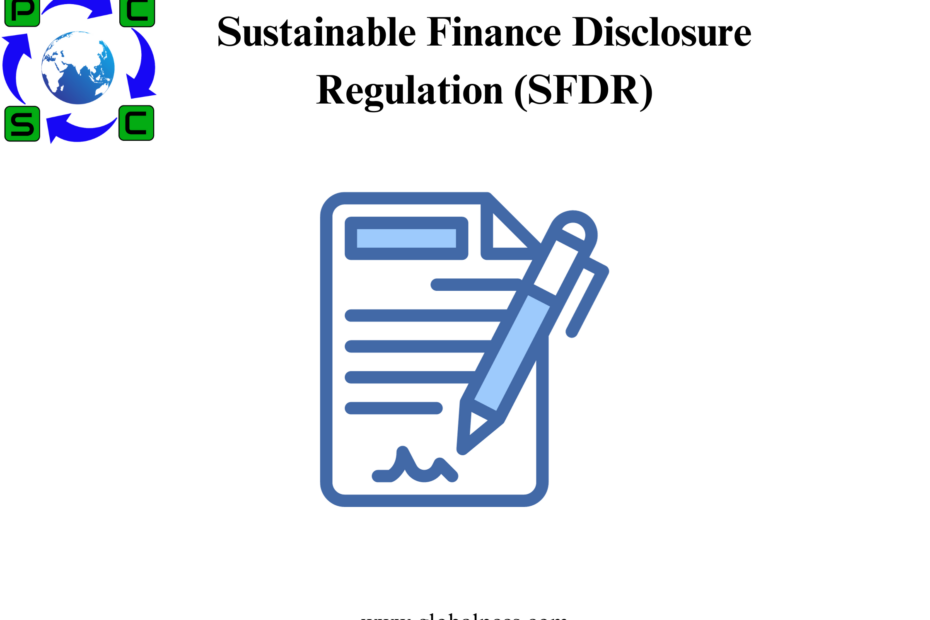
What is the SFDR?
The Sustainable Finance Disclosure regulation (SFDR) calls for mandatory environmental, social, and governance (ESG) disclosure from asset managers and other players in the financial markets. The core elements of the law are scheduled to go into effect on March 10, 2021.
As part of a package of legislative measures resulting from the European Commission’s Action Plan on Sustainable Finance, the SFDR was implemented by the European Commission along with the Taxonomy Regulation and the Low Carbon Benchmarks Regulation. This was done as a result of the European Commission’s Action Plan on Sustainable Finance.
The Sustainable Financial Disclosures Regulation (SFDR) is intended to create a level playing field for financial market participants (“FMP”) and financial advisers regarding transparency in relation to sustainability risks, the consideration of adverse sustainability impacts in their investment processes, and the provision of sustainability-related information with respect to financial products.
The SFDR mandates that asset managers, including AIFMs and UCITS managers, produce prescriptive and standardised disclosures regarding the manner in which environmental, social, and governance factors are incorporated at both the entity and product levels. There is a significant element of the SFDR that is applicable to all asset managers, regardless of whether or not such managers have an explicit ESG or sustainability focus. The SFDR takes the form of supplementary disclosures for the various participants in the financial market:
When does SFDR take effect?
The EU Action Plan on Sustainable Finance, which comprises a number of interlinking laws aimed to stimulate sustainable investing, represents a significant step towards redirecting money to the sustainable economy. The regulations are designed to encourage sustainable investing in a variety of asset classes, including real estate, energy, and water.
The European Union Sustainable Finance Disclosure Regulation (EU SFDR), which went into force on March 10, 2021, is an important component of the overall plan. The EU Taxonomy Regulation1, which will go into effect in January 2022 and provides precise environmental criteria relating to economic activities for the purposes of investment, is one of the subsequent rules that followed. This regulation is a part of the improved disclosure responsibilities that are required by the EU SFDR2, and it came about after further legislation. It is anticipated that what comes next will be an enlarged environmental transitional taxonomy as well as a social taxonomy.
Three different product categorisations result from EU SFDR:
- “Article 6” products either integrate financially material environmental, social, and governance (ESG) risk concerns into the investment decision-making process, or they explain why sustainability risk is not important. However, “Article 6” products do not meet the additional criteria for Article 8 or Article 9 products3.
- Although “Article 8” products may invest in sustainable investments and may also promote social and/or environmental features, the primary goal of these products is not to invest in sustainable investments.
- “Article 9” products have a sustainable investment objective.
It is important to note that these product categories are not labels, although many investment firms have treated them as such (see below, “What are the additional upcoming developments that investors should be aware of?” for more information on this issue).
The EU SFDR also includes provisions for asset level considerations, definitions, and conditionality, classifying investments as either (i) having environmental and/or social characteristics, (ii) being able to be considered “sustainable,” or (iii) being “other” investments, which do not meet either of the two criteria that came before them.
The disclosures, which became mandatory on March 10, 2021, and which relate to a variety of financial products, such as UCITS, AIFs, and segregated mandates, were implemented in two stages:
- Core disclosures (Level 1) will become mandatory in March 2021. These disclosures apply at the entity level to Principal Adverse Impacts and Sustainability Risks, while at the product level they relate to Article 6, 8, and 9 products.
- Enhanced disclosures (Level 2) will become mandatory starting in January 20235. These disclosures apply at the entity level to Principal Adverse Impacts and at the product level to only Article 8 and 9 products.
Why is the EU SFRD important?
The EU SFDR reorients capital towards sustainable growth and helps clients invest sustainably.
The main goals are to increase financial market transparency on environmental, social, and sustainability factors and to establish consistent reporting and disclosure requirements.
Standards and transparency support two crucial additional concerns. First, it makes it tougher for asset managers to “greenwash” their products by labelling them ESG or sustainable without explaining how.
Second, it improves investors’ capacity to compare investment options based on how many ESG elements are considered, helping them make informed decisions that meet their investing goals.
Who does the EU SFRD apply to and which products and services are affected?
- Applies to all EU-based financial market participants and advisers, as well as non-EU investment managers or advisers, who offer (or seek to market) their products to EU clients under Article 42 of the Alternative Investment Fund Managers Directive.
- In terms of products, the disclosures regime applies to UCITS, AIFs, separately-managed portfolios and sub-advisory mandates, as well as to financial advice (provided within the EU or by an EU investment firm).
What are the additional upcoming developments that investors must be aware of?
- EU SFDR improvements – On April 2023, the EU introduced a consultation paper (“version 1.5”) to improve the EU SFDR.
- ESG-related EU fund naming rules – In November 2022, ESMA released a consultation document on fund names including ESG or sustainability terms. Before 2023/24, a final report on this topic is expected.
Parallel efforts – Third-party ESG industry standards must be examined as they are revised to match the EU SFDR and EU Taxonomy Regulation.
We at Global PCCS are pleased to be of assistance to our clients in achieving their ESG and sustainable investing objectives. Please do not hesitate to get in touch with your neighbourhood Global PCCS Management specialist if you have any inquiries regarding the EU SFDR or sustainable investment.
For more information on the service please book a free consultation by filling the form or writing to us at pooja.h@globalpccs.com








 Authorised IMDS & CDX Training & Consulting partner for
Authorised IMDS & CDX Training & Consulting partner for






